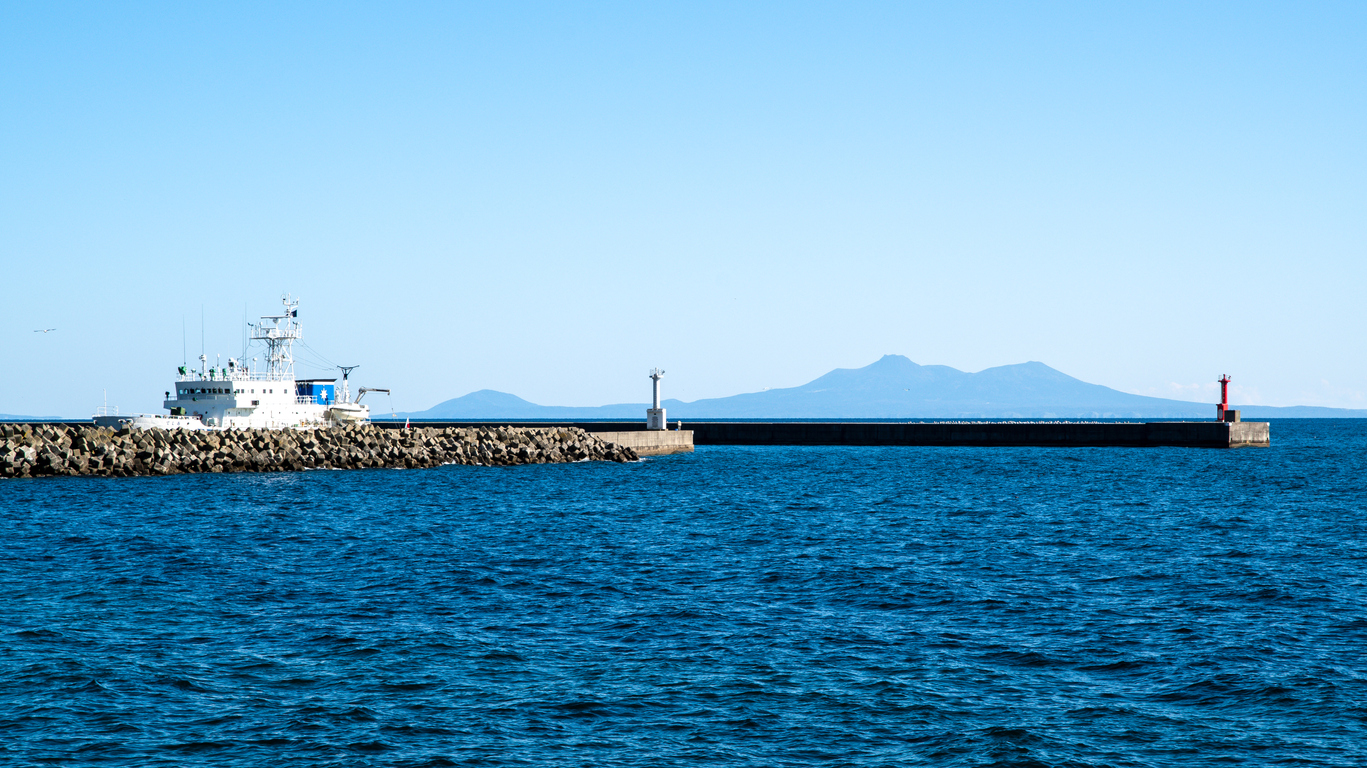2022/07/26
The Maritime Tragedy of Tour Boat “Kazu 1” in Shiretoko Peninsula; Local Support Measures Developed to Meet Local Circumstances are Required

(The original article in Japanese was posted on April 28, 2022)
I wonder how many of you have seen the movie “Shari” (directed by and starring Nao Yoshigai), which was released in October 2021. “A bread baker who keeps sheep, a married couple hunting deer, a fisherman grappling with the problem of marine pollution – the place they live is Shiretoko, Japan’s northernmost World Natural Heritage site.” “In 2020, there is no snow this winter. Ice floes, too, are hard to be seen. Locals say that there is something unusual going on there.” (The above introduction is excerpted from the movie’s official website.) There, the “Red Thing” appears, clad in “the air and presence of a pulsating mass of blood,” played by the director Yoshigai, who is also a dancer.
So, what is the “Red Thing”? Well, you will have to watch the movie to find out, or perhaps I should honestly say that you will not really understand what it is even if you watch the movie. In the words of the director Yoshigai, it is a kind of “between man and beast,” and “a drop of the vortex of life that wanders around the various boundaries between a man and nature, oneself and others, things unspoken, the dream and reality.”
Timothy Ingold said that your relationships with others enter into yourself and make you who you are, and this thought may be close to that of the director Yoshigai if “others” are replaced with nature or Shari. However, I felt the opposite that the “Red Thing” was a symbol of the “outside” that could not be entered by others. In any case, the beautiful scenery taken by the photographer Naoki Ishikawa and the excellence of the sound are breathtaking, so you should see the movie if you have an opportunity to do so.
The tragedy occurred in Shari, with the tour boat supporting Shari’s industry. From the news reports, there can be no dispute that the operator, Shiretoko Pleasure Cruise, was grossly careless and negligent. Moreover, it can be inferred that the reason for being negligent about safety would have been the extreme poor performance of the company. The number of tourists coming to Shari from outside of Hokkaido has plummeted from 839,000 in 2019 to 344,000 in 2020, the first year of the COVID-19 pandemic (according to the data of the Commerce, Industry, and Tourism Division of the Shari town). In addition, the fuel costs for boats have been rising. Nevertheless, other companies do prioritize the safety, and there is no reason whatsoever to exempt the company in question from liability.
However, we still must not overlook structural problems. Shari has an aging population of 30.0% and a fertility rate of 1.17%, the former above the national average and the latter below it. The population, number of households, and number of persons employed are all declining. The town recognizes that improvement of labor productivity is an urgent issue, and last year it formulated a plan to promote the introduction of advanced equipment based on the Small and Medium Enterprise Agency’s revised Small and Medium-sized Enterprises Business Enhancement Act. However, what is lacking in the first place is the demand. While I do not deny the need to improve productivity, it is not necessary for the support contents and conditions to be uniform throughout the country. It is desirable to design a system that can respond to the unique circumstances of each region. Shari, which is highly dependent on Shiretoko tourism business, firstly needs incentives for safe investment and then needs measures to restore demand, namely, to attract “outside” visitors.
This Week’s Focus, April 28
Takashi Mizukoshi, the President